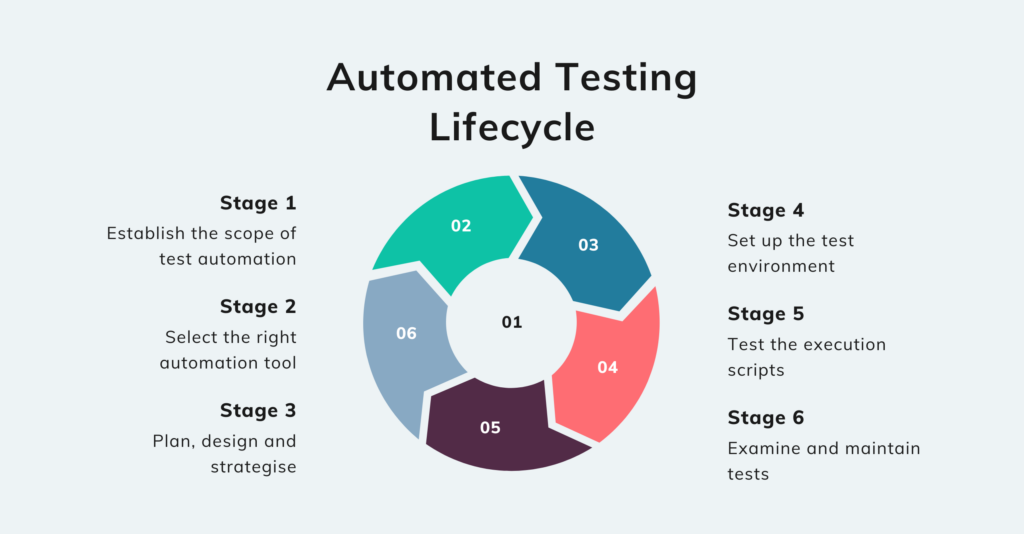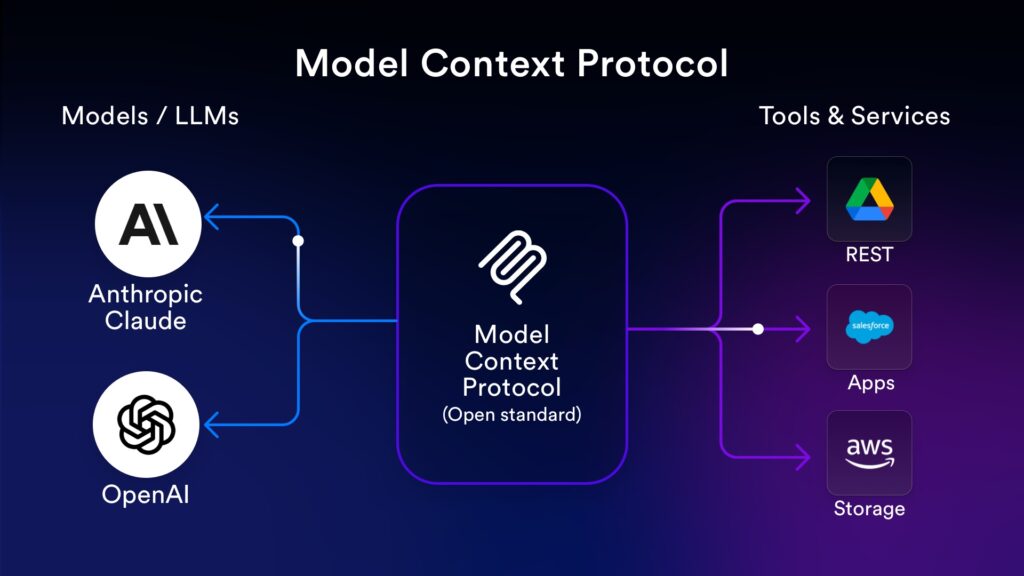When looking for a software development company to build your software product, you probably have one priority in mind: quality. And, the more thorough the testing, the more benefits you’ll see for your business in the long term. At Lightflows, automated acceptance testing is a crucial element of our bespoke software development services. So, you can be confident that your software product will deliver the premium quality user experience your stakeholders expect.
Whether a web application, mobile app, marketing site or web portal, you’ll already have a set of expectations for your new product. Running a comprehensive set of tests before deploying your product not only helps ensure the smooth running of the software overall, but that each feature works as expected and any potential issues don’t impact the user experience. This blog explains the automated testing process we follow at Lightflows and the benefits of automated testing for your business.
What is automated testing in software engineering?
Automated testing refers to validating a software product’s quality before deploying it to its intended users. Think of automated tests like a pianola playing the ragtime piano classic The Entertainer. Nobody’s at the keyboard, but the keys play the same swift patterns every time. In other words, automated testing removes the pains of manually running through your software to check that everything works in every possible scenario. Every single button, every form input, every error message – while you might intend to check everything, we’re only human after all.
So, by testing your application through unique code, you can’t go wrong. Our software engineers will write code tailored to your software that does it all. It will navigate to pages, enter text into forms, log into applications, click on buttons, select from dropdowns… You name it, the code checks it, and super quickly and accurately – making your life a lot easier!
Why is automated testing important?
Fundamentally, automated testing aims to prevent errors that can impact the user experience and, in turn, your business overall.
We write these tests from the point of view of the user. As a customer, is it easy to log in, find what you’re looking for and place an order? As a stakeholder, can you easily find a customer by name, retrieve their orders and sort them by order value? Whatever the goals for the user, our software engineers put them at the test’s forefront to ensure they’re met.
What’s more, because these tests come from the user perspective, they catch missing functionalities that no other tests can. Say the specification and design require a confirmation dialogue before the user chooses to delete records, and – for some reason – it fails to get into the development pipeline. If the unit and functional tests all pass, you can still delete the records as expected, but only automated tests will catch the missing confirmation dialogue.
Automated testing is not the be-all and end-all of testing, nor should it be the only testing carried out during the software development process. We’ve already discussed the benefits of test-driven development and the need for software maintenance after the fact. But, if you have it, automated testing is guaranteed to ‘save your bacon’ sooner or later. The smoother the user experience from the get-go, the higher your customer retention and satisfaction will be.
The automated testing life cycle
Typically, automated testing follows a 6-step process to ensure it checks for everything we’ve mentioned. These steps are as follows:
- Establish scope of the test automation
- Select right automation tool
- Plan, design and strategise
- Set up the test environment
- Test execution scripts
- Examine and maintain tests

Establish scope of test automation
The first step, establishing the scope, means recognising the automation tests’ workability. In this step, we’ll decide which of the application’s modules and test cases can be mechanised, and consider variables like cost, team size and abilities.
Select right automation tool
Once we’ve established the scope, we will consider the right automation tool for your product, taking into account the project’s goals, advancements and budget.
Plan, design and strategise
The most critical phase of the automated testing lifecycle, this step specifies how to approach and achieve the automation test’s goals. At this stage, our software engineers will make an automated test plan considering the automation tools and framework we’ll use, and develop a test architecture to describe the test’s structure.
Set up test environment
In this phase, we’ll set up a machine or remote machine to execute the test scripts. Several key areas of the test environment will be considered, including the test data, multi-browser testing and the tool’s configuration and licence.
Test script execution
Once we introduce the test environment, we’ll execute the test script and ensure all the test cases run accurately. A test script should run in various conditions over different stages. Then, once the script has been executed, we’ll compose a bug report outlining any errors that may have occurred.
Examine and maintain tests
The final stage involves conducting the automated tests to determine the functionality and validity of the software. After all the tests have been carried out, our software engineers will examine them to see whether the product requires another automated test attempt.
Automated testing best practices
As your software development partner, we aim to deliver the best possible solution to your business’s needs. Our automated testing team follow a set of best practices to ensure we meet and exceed your expectations every time.
Building the tests from the specification
Again, your objectives are our priority. By building the tests in line with your business requirements, you can be confident that the final product will succeed in delivering your goals and meeting your customer’s expectations.
Extracting modules for independent functionalities
By this, we mean our software engineers can organise commonly repeated tasks within the software – such as entering login details – into independent modules, making the code easier to maintain over time.
Making the tests subject to version control
For example, if we deploy your product for a third time, we’ll run version 3.0 of the tests against version 3.0 software release to prevent bugs or breaks.
Implementing a successful pass into your build pipeline
Running the automated testing tests against the release candidate allows us to gauge whether your product is working correctly.
Creating reliable test data
For tests that require user logins, we never use real usernames or passwords for obvious security reasons, nor create dummy test users that’ll clog the live database. Instead, we create test data that offers a faithful representation of real data and isn’t subject to uncontrolled change.

The benefits of automated testing
Automated testing offers your business many advantages. Specifically, these include:
Better product efficiency
automated testing ensures that your software product will function as you expect. By monitoring the product’s performance, our software engineers can find and make recommendations for improvement, leading to better product efficiency.
Increased customer satisfaction
If you’re after a new software product in the first place, it’s likely because you want to address a specific need, whether for your customers or internal users. Through rigorous testing, we can ensure the product provides an excellent user experience, making customers more likely to return.
Faster deployment of your product
Automated testing lets us check that we’ve addressed everything we agreed on in the product specification and that the software functions seamlessly, rather than noticing any missing requirements or bugs later. This allows us to deploy the product sooner, thereby allowing you to stay ahead of the competition.
Reduced costs
While automated testing can add additional cost upfront, overall, it reduces the risk of expensive rework in the future by preventing errors or debugs before the product goes live, thus reducing the overall cost in the software lifecycle.
Unit testing in Laravel
Laravel is our in-house framework of choice for application development, and fortunately, it has unit testing at its core. Overall, unit testing is an invaluable tool for any Laravel developer, as it helps to ensure that your application is reliable, maintainable, and of the highest quality.
Summary
Automated testing is a necessary step in the software development process. With automated testing, not only can our software engineers prevent bugs from occurring later down the line – impacting the product’s overall quality – but you can rest assured it will meet and exceed your expectations.
If you’d like to learn more about automated testing or discuss a project idea, you can contact us here, and we’ll be happy to arrange a discussion.
Table of contents



